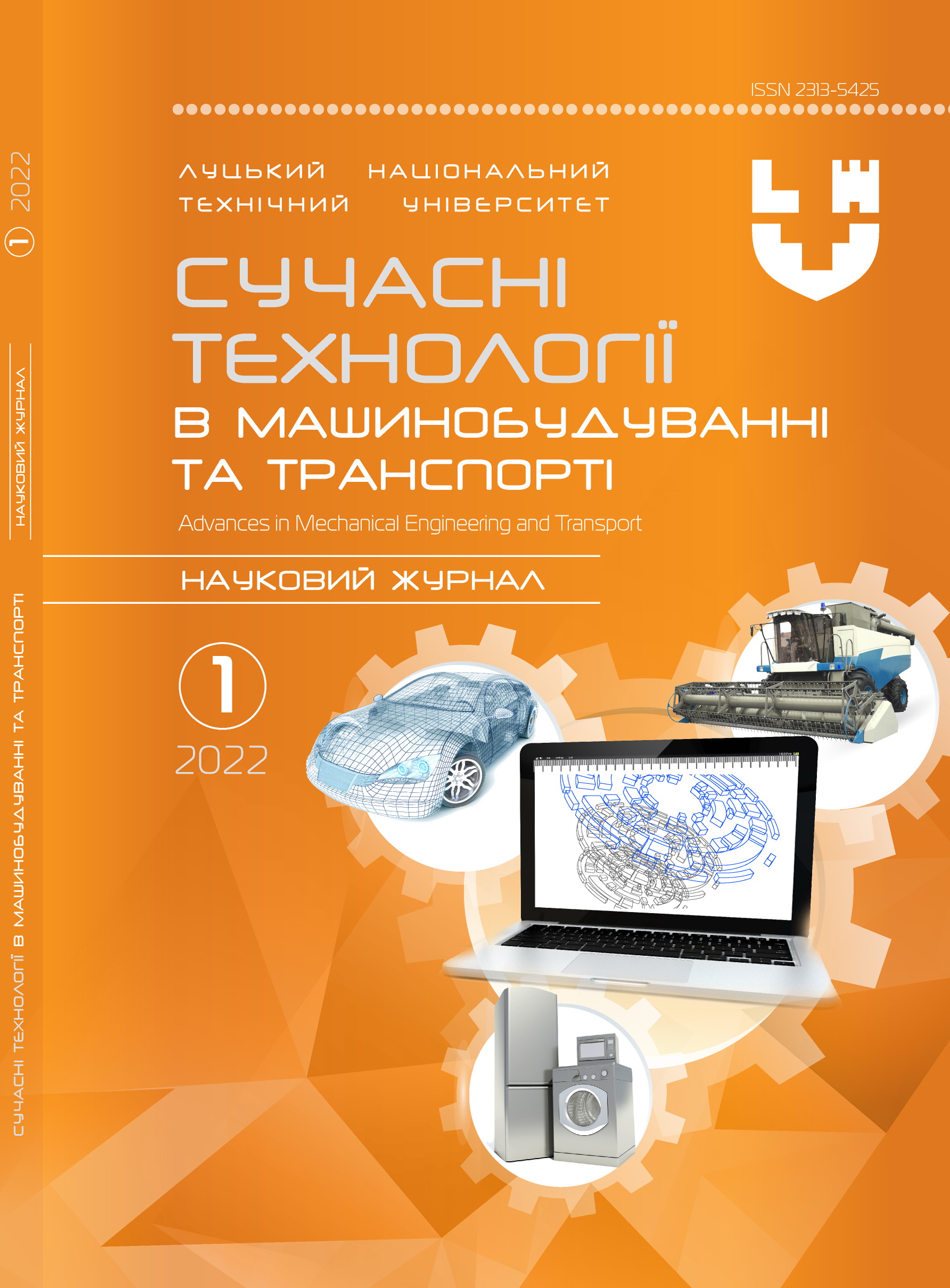Synthesis of frequent use of stepped transmissions in the process of reproducing typical cycles
Abstract
Retrospective analysis of the situation of traffic flows in urban transport indicates the diversity of cargo transport vehicles both in terms of cargo capacity and class. In addition, the traffic flow under these conditions is characterized by high density.
The above imposes a number of restrictions, in particular, on the design parameters of vehicles, moreover, on the choice of a power device.
A significant part of the vehicles that form such a flow in the conditions of settlements, in particular, large regional centers, are equipped with power units as part of the engine-mechanical stepped gearbox system.
It is known that the program of movement of a single taken vehicle is close to cyclic (according to the presence of individual phases).
Decisive for the identification of traffic programs is the analysis of real routes of small-life transportation in the city of Lviv, characterized by variability of distances and durations of their implementation.
Dominant in the conditions of the city are vehicles equipped mainly with 4-6 stepped trasnsmission. Speed limits and short, mostly distances between the points of the cycle, give grounds for the feasibility of using multi-stage engine-mechanical stepped gearbox system as an element of transmission.
Therefore, the task arises regarding the study of the number of switches by determining the frequentity of a particular transfer in the engine-mechanical stepped gearbox in urban traffic.
The purpose of the study is to identify the feasibility of using all vehicle gears from a constructive point of view for vehicles involved in such operating conditions.
Keywords: gearbox, basic and equivalent driving cycles, accelerating, running out, slowing down, frequency of transmission.




